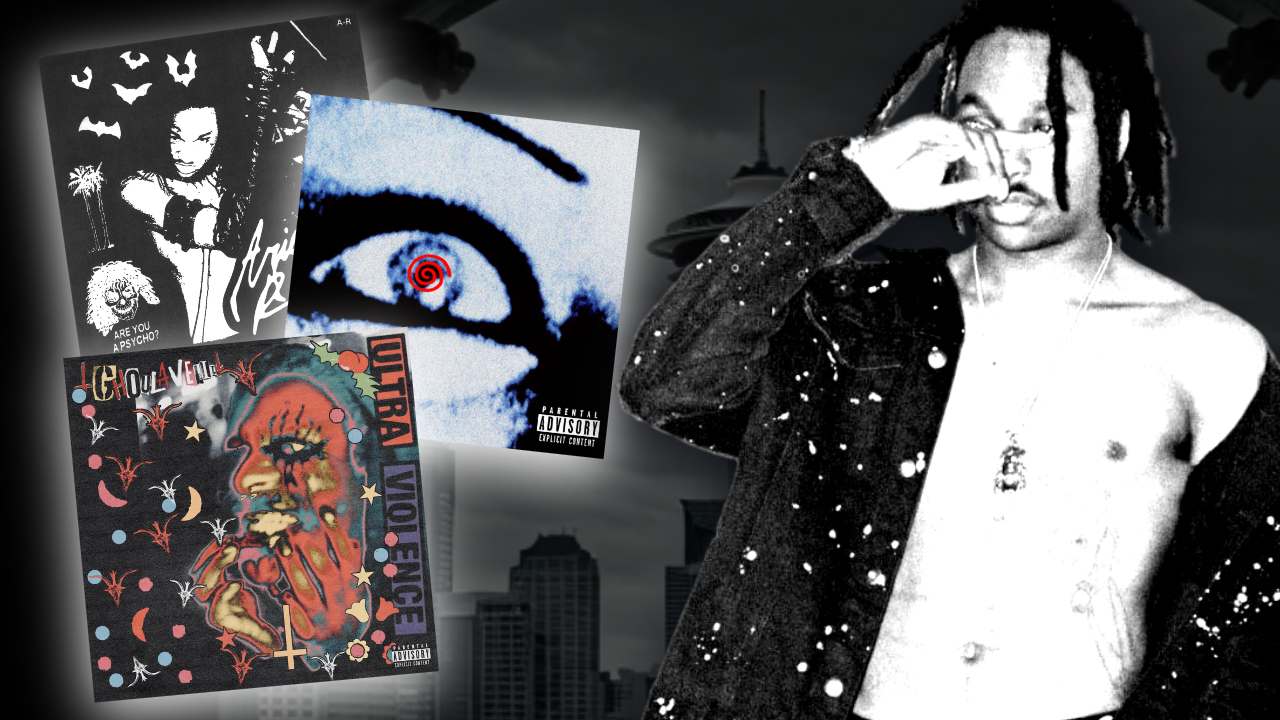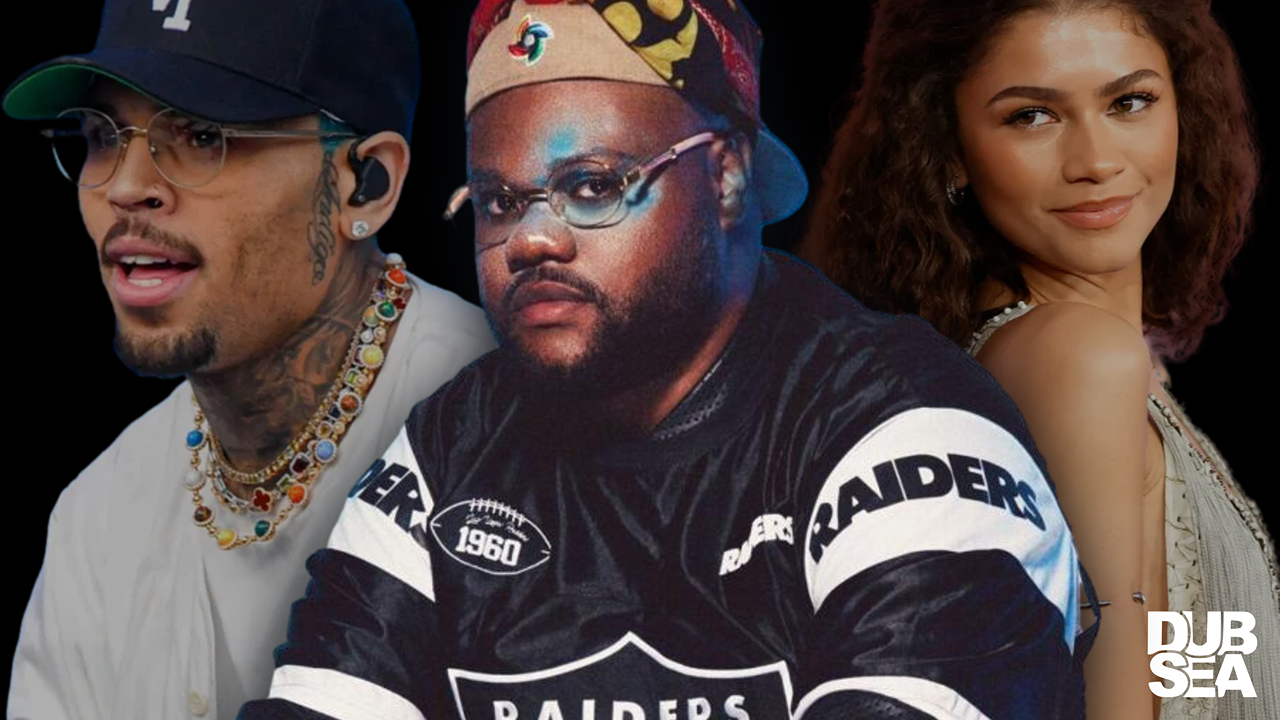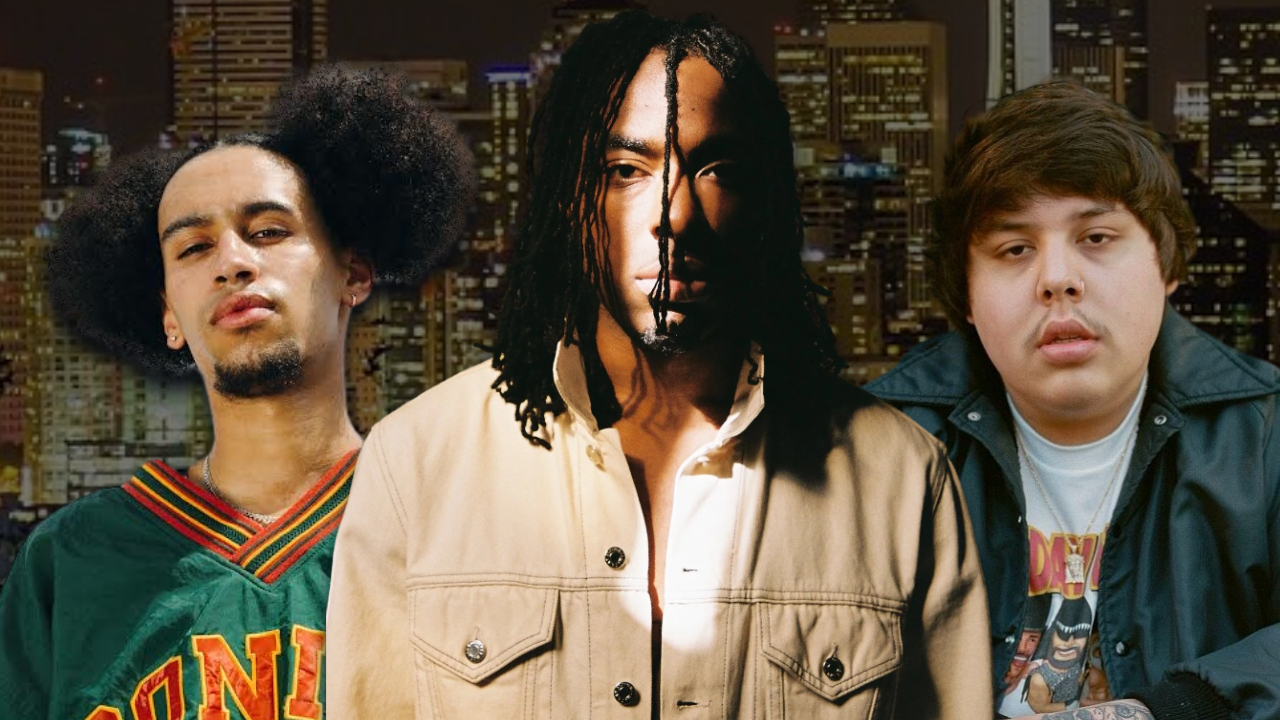Seattle’s music scene has long been a hub for creativity and talent, producing some of the world’s most influential artists across multiple genres. From the rise of grunge in the 90s to today’s diverse blend of hip-hop, indie rock, and electronic music, Seattle continues to be a cultural epicenter that shapes the global music landscape.
A Legacy of Iconic Artists
Seattle is perhaps best known for its pivotal role in the grunge movement, which took the world by storm in the late 1980s and early 1990s. Bands like Nirvana, Pearl Jam, Soundgarden, and Alice in Chains emerged from Seattle’s underground music scene and revolutionized rock music with their raw sound and rebellious spirit. The iconic album Nevermind by Nirvana, released in 1991, became the face of this movement, placing Seattle firmly on the global music map.
But Seattle’s influence goes far beyond grunge. Legendary artists such as Jimi Hendrix, one of the greatest guitarists of all time, was born in Seattle. His blend of blues, rock, and psychedelic sound left an indelible mark on music worldwide.
Hip-Hop’s Rise in the Emerald City
While grunge may have been Seattle’s claim to fame in the 90s, the city’s hip-hop scene has grown into one of the most exciting and innovative in the country. Artists like Macklemore & Ryan Lewis put Seattle hip-hop on the mainstream map with their breakout hit “Thrift Shop,” which won multiple Grammy Awards.
Beyond the mainstream, the Seattle underground hip-hop scene continues to thrive, with artists such as Sol, Sam Lachow, and Dave B leading the charge. These artists blend thought-provoking lyrics with experimental production, reflecting the city’s eclectic and forward-thinking vibe. The community-driven nature of Seattle’s hip-hop scene allows for constant collaboration and innovation, making it a hotbed for emerging talent.
Indie Rock and Electronic Music
Seattle’s indie and alternative rock scenes are as alive as ever. Bands like Band of Horses, Fleet Foxes, and The Head and The Heart have emerged from Seattle’s vibrant indie rock community, achieving international success while staying true to their Seattle roots. The city’s countless intimate venues, such as Neumos and The Crocodile, provide a platform for up-and-coming artists to perform and connect with their fans.
Seattle is also a growing hub for electronic music. Artists like ODESZA, an electronic duo hailing from Bellingham, Washington (just north of Seattle), have gained worldwide fame with their cinematic, emotionally driven sound. Their music often incorporates live instruments, creating a unique blend of electronic and organic elements that resonates with audiences globally.
A Thriving Local Scene
Beyond the big names, Seattle’s local music scene continues to flourish. On any given night, you can catch a live show at venues like The Showbox, Barboza, or The Sunset Tavern, where local musicians perform everything from folk to punk rock. These venues have become the lifeblood of Seattle’s music culture, fostering a tight-knit community where artists and fans connect over a shared love of music.
Seattle also plays host to iconic music festivals such as Bumbershoot and Capitol Hill Block Party, which showcase both local talent and international acts. These festivals not only celebrate music but also highlight Seattle’s broader cultural landscape, including art, food, and technology.
Supporting the Next Generation
The city is committed to nurturing the next generation of musicians. Organizations like The Vera Project, a youth-driven nonprofit, provide a space for young artists to learn, create, and perform. The Vera Project offers classes on everything from sound engineering to screen printing, empowering the next wave of Seattle musicians to take control of their creative visions.
Seattle’s vibrant music schools, such as Cornish College of the Arts, also contribute to the development of young artists. With a focus on innovation and creativity, these institutions produce some of the most talented and forward-thinking musicians in the country.
Looking Ahead
Seattle’s music scene is as dynamic and diverse as ever. Whether it’s hip-hop, indie rock, electronic, or experimental genres, the city continues to push boundaries and redefine what it means to be a musician in the 21st century. With its rich history, passionate fan base, and commitment to nurturing new talent, Seattle is poised to remain a global music capital for years to come.
We’ll be covering more of these stories on our blog, diving deep into the artists, venues, and movements that are shaping Seattle’s music landscape. Stay tuned for exclusive interviews, concert reviews, and spotlights on the next big artists emerging from the city we love!





